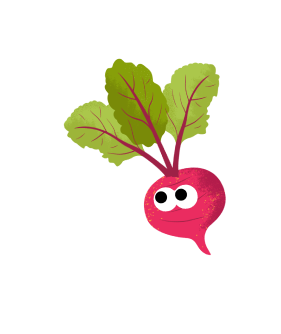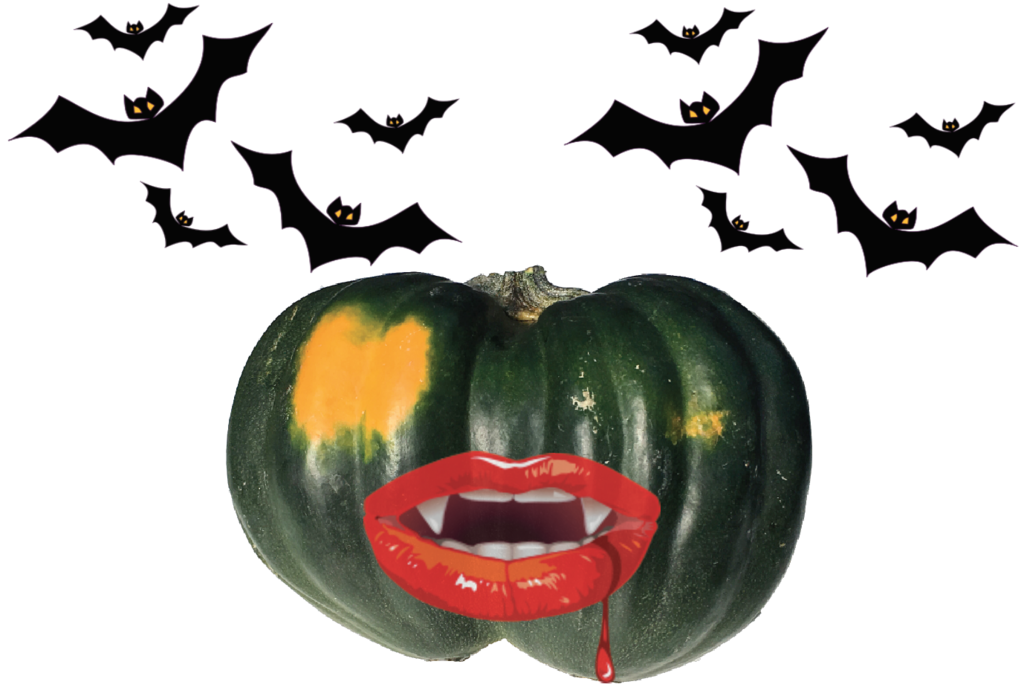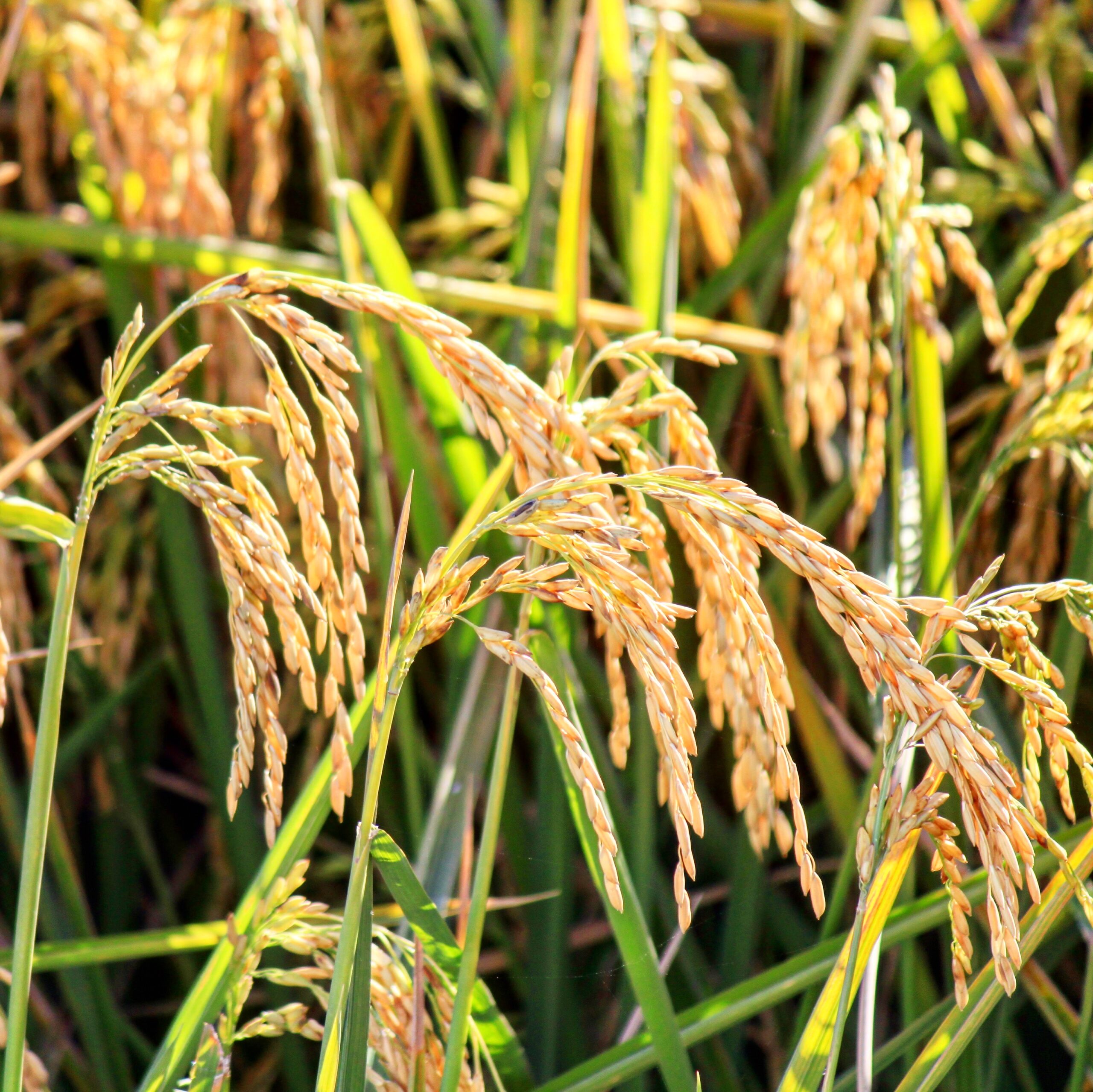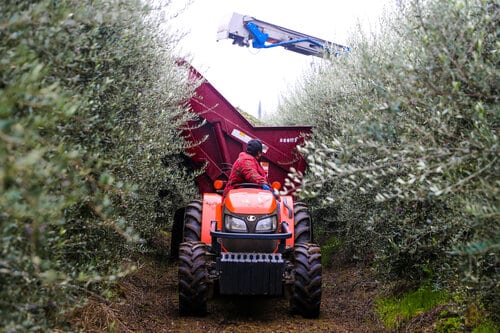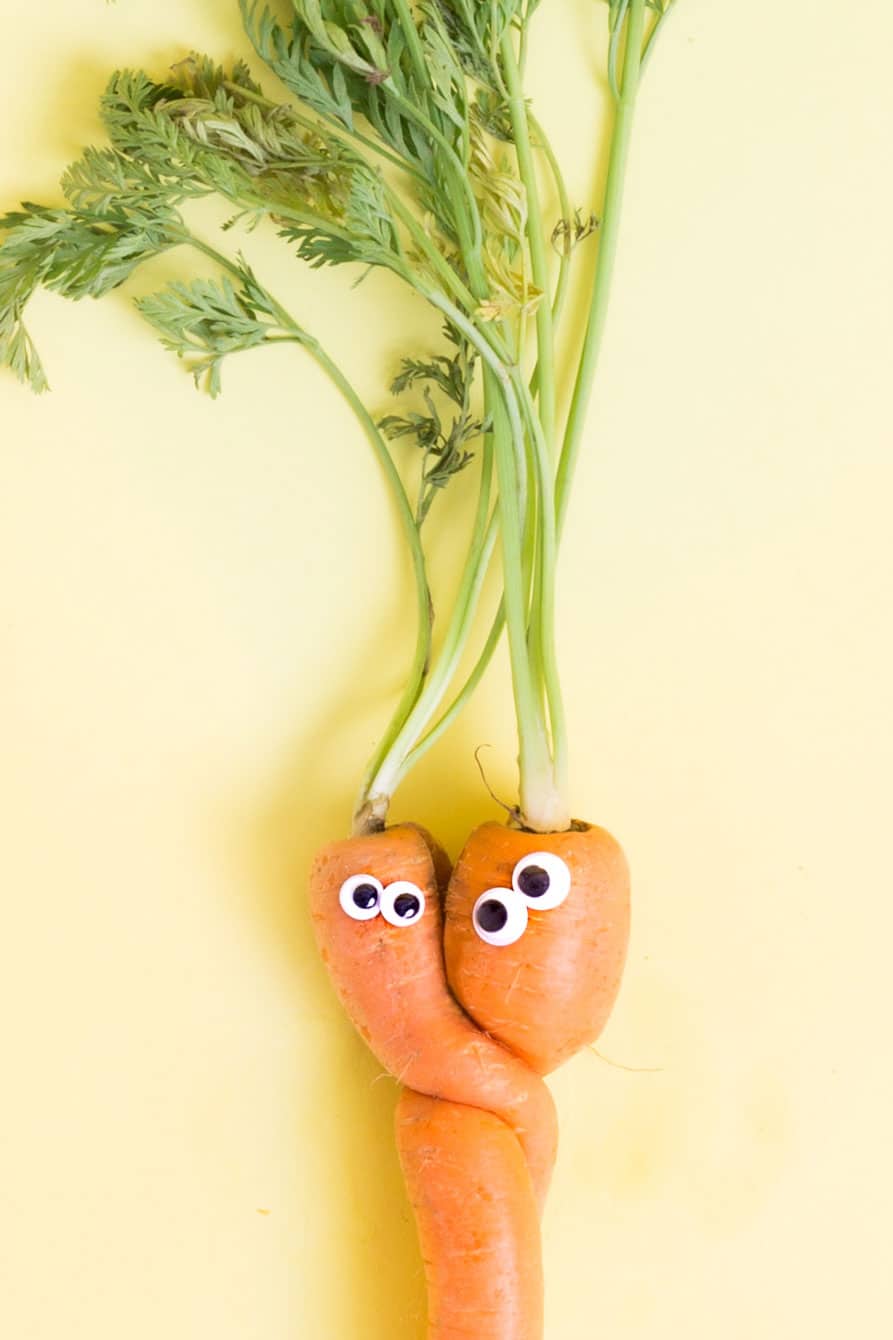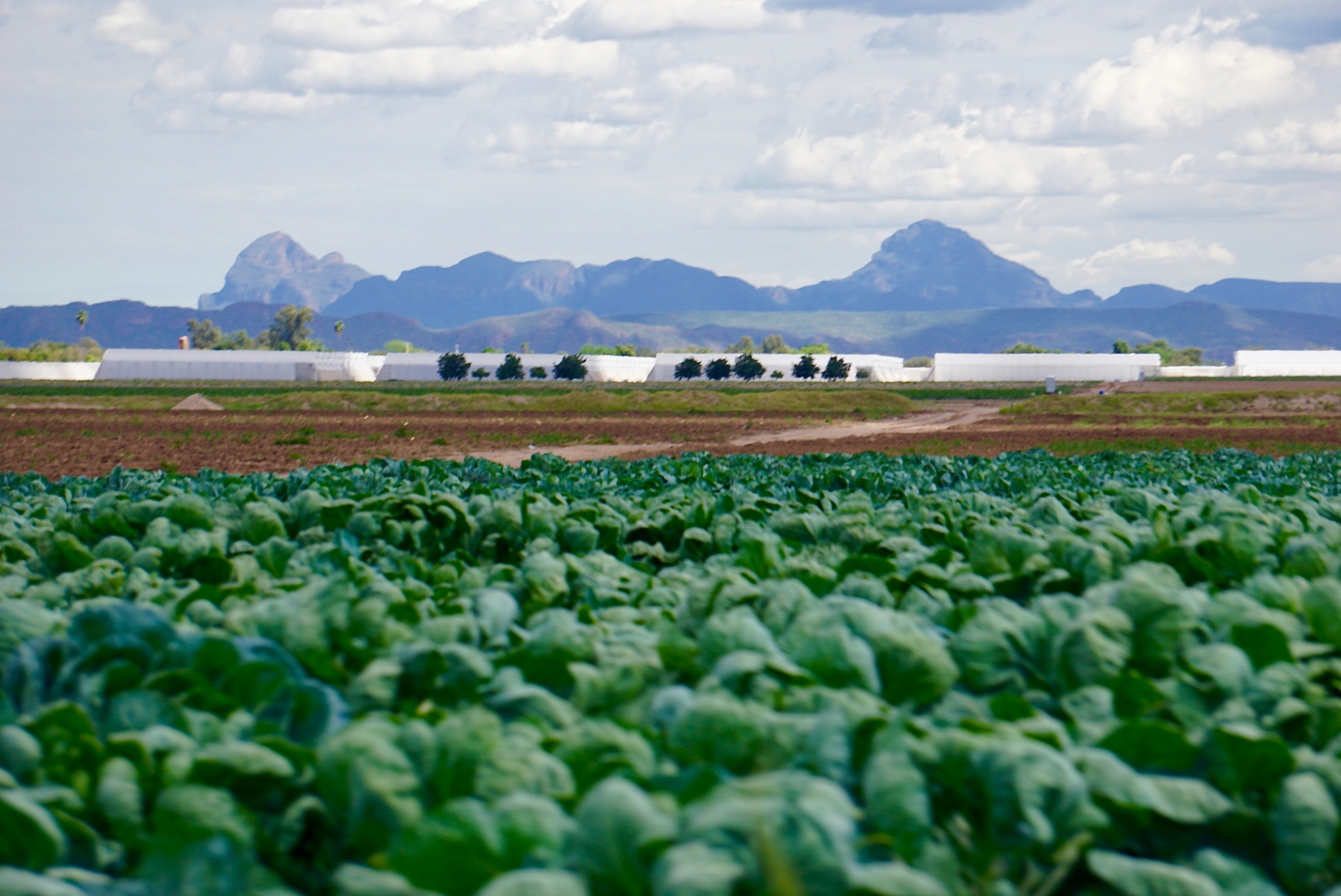It’s fall of 2016 which means that most Americans are talking about the economy, the choices we face, and of course the uniquely American joy of scaring each other with decorative gourds and masks on Halloween. We want to tell you about another story, one that ties together our economy, the choices we face, and some facts as frightening as anything you are likely to see in a horror movie. Sadly, this story is no fiction and it’s happening right now. Once you start digging, the story of food waste is terrifying one.
- The Basics: If you’ve been following Imperfect you’ve probably heard that 20% of the produce grown in the US currently goes to waste. What you might not know that is food is also one of the top contributors to U.S. landfills. Additionally, over 3 billion pounds of food is wasted in California alone every year. The amount of food we waste is mind-blowing but once you start to follow the trail of food wasted you end up discovering a lot of other equally troubling things that are wasted along the way.
- Water: The reality is that the problem of food waste is much bigger than just food. It takes a huge amount of water to grow the food that we eat. For example, it takes 26 gallons of water to grow one pound of tomatoes, 70 gallons of water to grow one pound of lemons, and over 140 gallons of water to produce one pound of avocados. When food goes to waste we end up wasting all of that water too. Experts estimate that in the US food waste loses us 172 billion dollars every year in wasted water, or nearly ¼ of our water supply! As California’s 5 year drought drags on we all have to start thinking seriously about the water impact of our lifestyles. If your roommate left the kitchen sink running all night you would likely say something and turn the tap off. Food waste is just a less visible version of leaving the tap on for no reason. So if we want to find easy and impactful ways to conserve water, wasting less food is an obvious place to start.
- Fossil Fuels and Land: The environmental impact of food waste runs even deeper than water, however. Growing, harvesting, processing, shipping, and refrigerating crops also takes large amounts of fossil fuels. To put things in perspective, food waste produces the same carbon emissions as 39 million passenger vehicles and uses more than 70 times more oil than was lost in the Deepwater Horizon disaster, which is more than 223 million barrels of oil! If food waste were a country it would be the 3rd biggest producer of carbon emissions behind the United States and China. Food waste has a geographical footprint so large it basically could be it’s own country. Growing all of that goes to waste uses an area of fertile land larger than Canada.
- The Economic and Human Impact: Food waste is such a large entity that it could even have its own economy as well. The economic impact of all this waste is truly colossal. In the US we waste over 165 billion dollars worth of food every year. Worldwide that number is closer to 1 trillion dollars. Yet the true tragedy in all this is not measured in gallons, or barrels, or even dollars; it’s measured in human lives. The irony is that as we are growing and wasting so much food we still have millions of people at home and abroad going hungry. According to the UN, the food that currently goes to waste could feed the 800 million hungry people in the world twice over. We know that we have the resources to feed everyone but we will never get to this noble goal if we keep wasting so much of what we grow.
- The Good News: Any problem this big and multifaceted also has so many areas of intervention. Once we are aware of the problem we are also empowered to fix it. It is within all of our power to start making choices that have a positive impact on our food system. Next time you are at a restaurant or grocery shopping, remember that in addition to the bill that you are paying there is also an invisible bill that sums up all of the oil, water, and people that paid for what you are about to consume. This let’s how see how seemingly small choices like using your scraps to make stock, composting, or customizing your Imperfect box to include just what you will eat that week can add up to monumental and positive change in the long run. Fall is a great time to be grateful for the blessings of food, friends, and family. We encourage all of you to think about the things you can do this time of year to help make the the story of food waste a little less scary for all of us.
References:
- Bloom, Jonathan. American Wasteland: How America Throws Away Nearly Half of Its Food (and What We Can Do about It). Cambridge, MA: Da Capo, 2010. Print.
- Royte, Elizabeth. “How ‘Ugly’ Fruits and Vegetables Can Help Solve World Hunger.” How ‘Ugly’ Fruits and Vegetables Can Help Solve World Hunger. National Geographic, 07 Oct. 2016. Web. 21 Oct. 2016.
- Royte, Elizabeth Royte. “One-Third of Food Is Lost or Wasted: What Can Be Done.” National Geographic. National Geographic Society, 13 Oct. 2014. Web. 21 Oct. 2016.
- Smith, Roff. “How Reducing Food Waste Could Ease Climate Change.”National Geographic. National Geographic Society, 22 Jan. 2015. Web. 21 Oct. 2016.
- Stuart, Tristram. Waste: Uncovering the Global Food Scandal. New York: W.W. Norton, 2009. Print.
